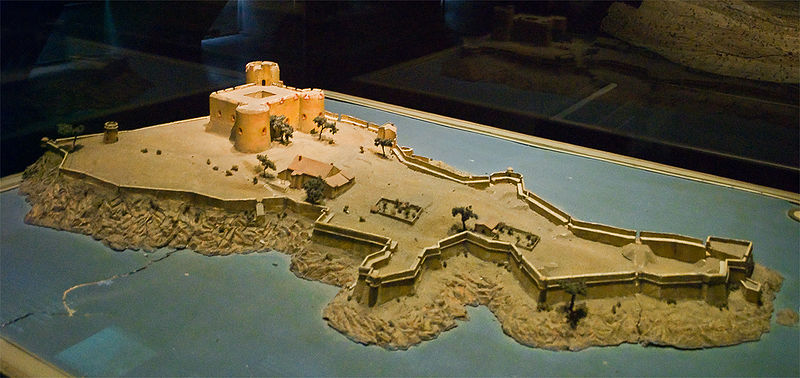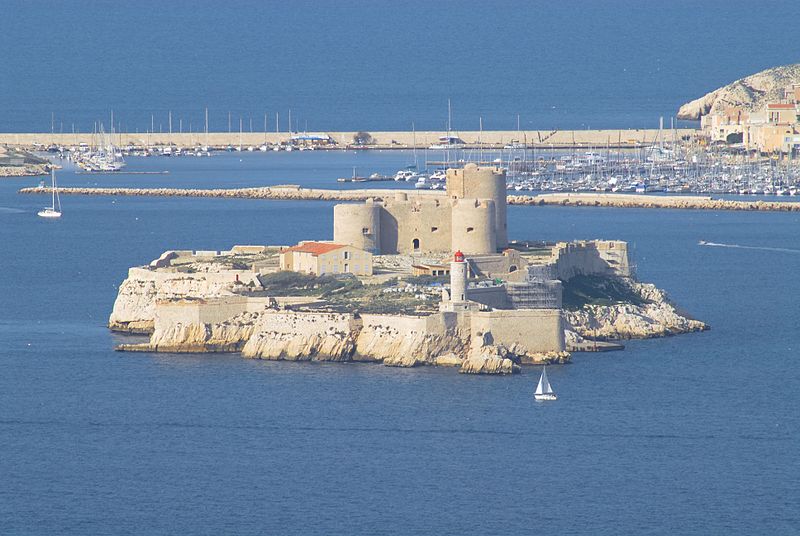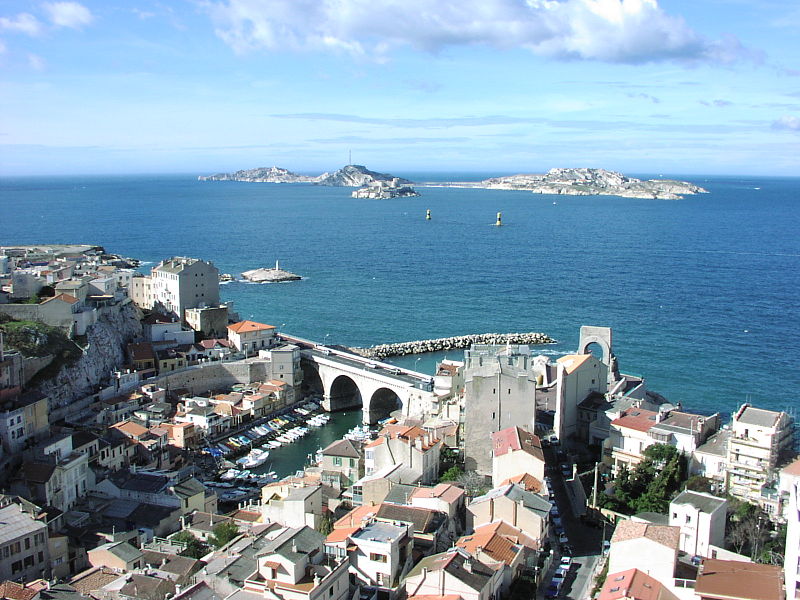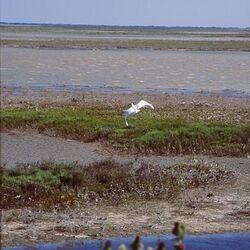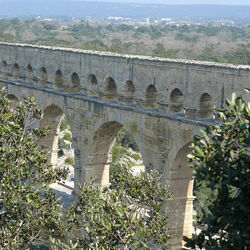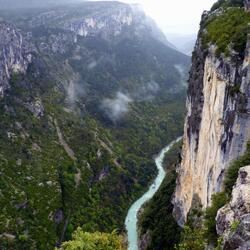Château d'If
If Castle has found its place in the middle of the Mediterranean Sea on a small island in the Friulian archipelago. It was built back in 1527-1531 to protect the French city of Marseille from the sudden invasions of naval conquerors. The If Castle is located one mile from the city's coastline on an area of 30,000 m2. This majestic defensive structure, which grew right off the cliff, has square bases with three towers and a small courtyard.
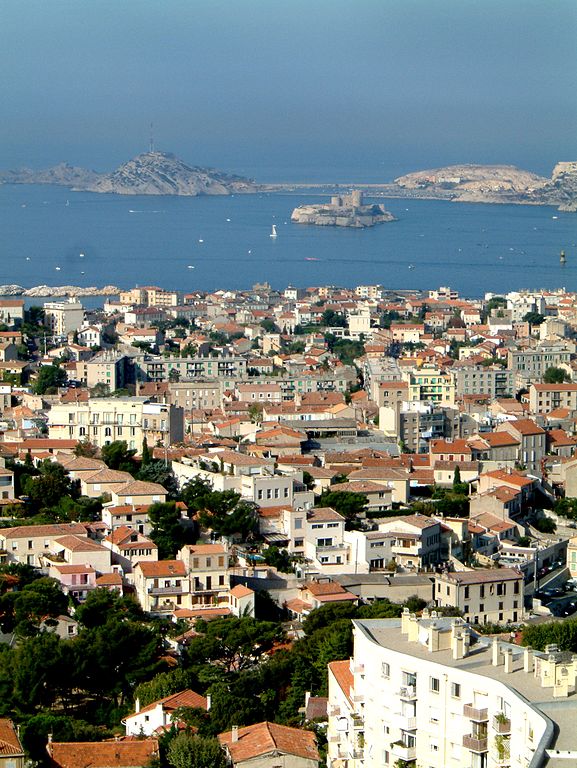
The If Castle looks wonderful in our time, because it has never had to repel an enemy attack from the sea side. Its well-preserved pristine appearance attracts many travelers. Fans of the work of A. Dumas and just lovers of ancient architecture are especially fond of this area.
There is a lighthouse in the castle, and its bastions can be seen both far out to sea and on land. The outer walls of the ancient building simply merge with the local rocks. The entire castle is surrounded by a fortress wall, which was built around the end of the XVI century. At that time, a church and an observation tower were also built here.

According to local guides, the If castle was built very hastily, as evidenced by large punctures and many flaws in the masonry walls. As it turns out, he was very lucky that he didn't have to fend off any attacks. But there is historical evidence that it was his menacing appearance that often scared off enemies.
The main role played by the If Castle was an effective prison for political prisoners. There were approximately 3,500 slaves within its walls, which is why this building gained such a gloomy reputation. The rich prisoners were provided with cells with comfort and sea views, while the poor languished in the lower ones, which did not have a single window.
For the only time in the history of If Castle, the firing of cannons was heard, which greeted Catherine de' Medici by order of the king of the country.
In 1884, Alexandre Dumas wrote his famous novel "The Count of Monte Cristo", describing the imprisonment in the castle of IF Edmond Dantes. The novel became extremely popular among the French, and with the opening of the castle to the public in 1890, the flow of tourists did not fade. In the castle, you can see the camera in which Dantes allegedly sat. There is a TV in the cell, which shows his meeting with Abbot Faria from various film adaptations of the novel. The Iron Mask prisoner's cell is located on the second floor, although the prisoner actually wore a velvet mask and his story is full of mysteries and riddles. The castle gained its popularity thanks to these vum prisoners, but the most interesting thing is that they have never been to the chateau If. Edmond Dantes is an invention of Alexandre Dumas, and the prisoner of the Iron Mask was in various prisons in France, but not in the chateau If.
Tourists have been given the opportunity to visit If Castle since 1890. In 1926, this architectural landmark was included in the lists of historically important objects of the state. To get into the castle walls, tourists must overcome the stone fortification and the old pier. A not very gentle road, which is framed on both sides by ancient walls, will certainly lead to the cells of the Marseille prison. Using a spiral staircase, you will enter a small courtyard that leads to the castle itself.
An excursion to the French chateau d'if will certainly immerse you in the history of the country, as well as admire the ancient architectural site and wonderful seascapes.


